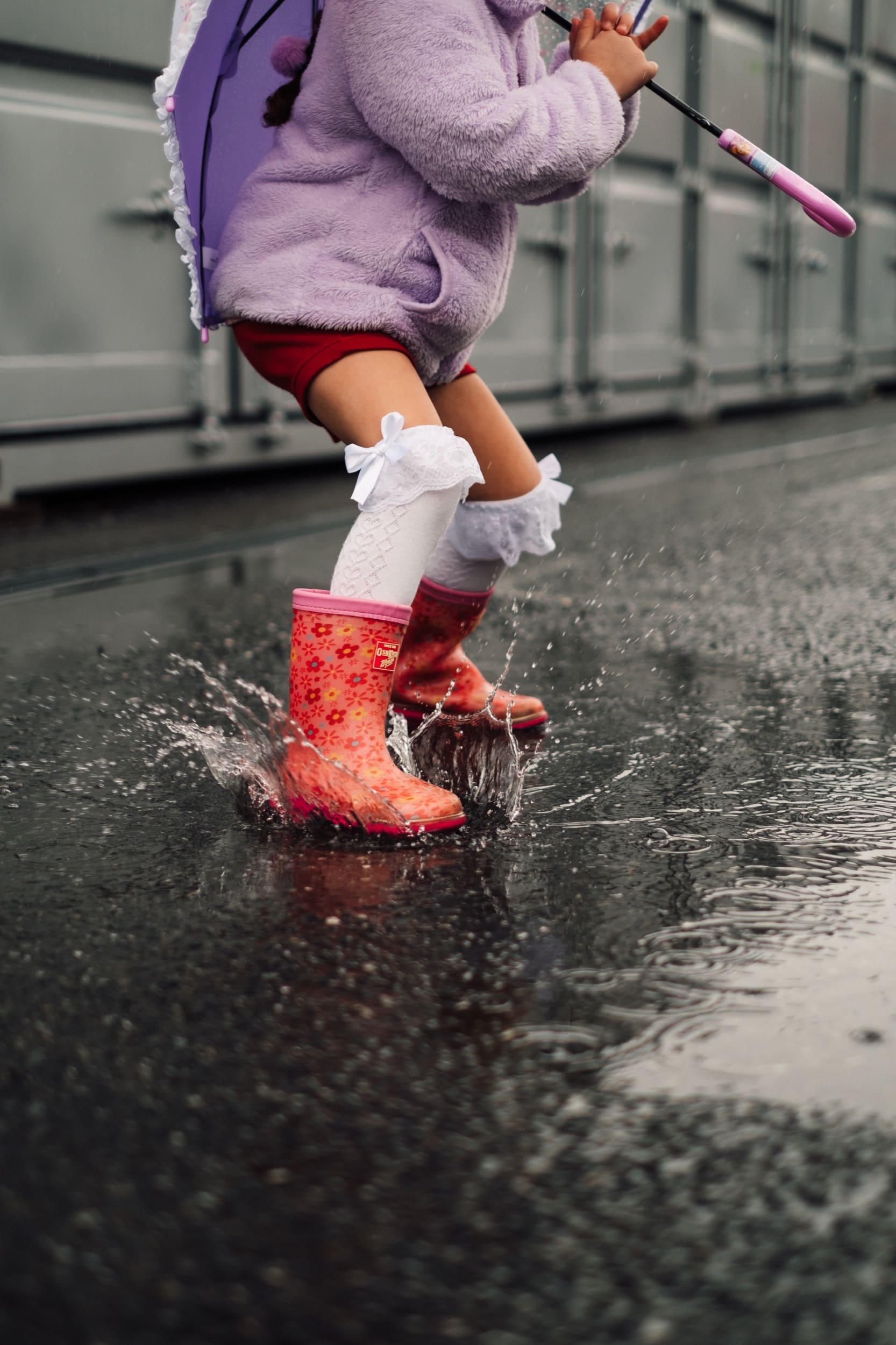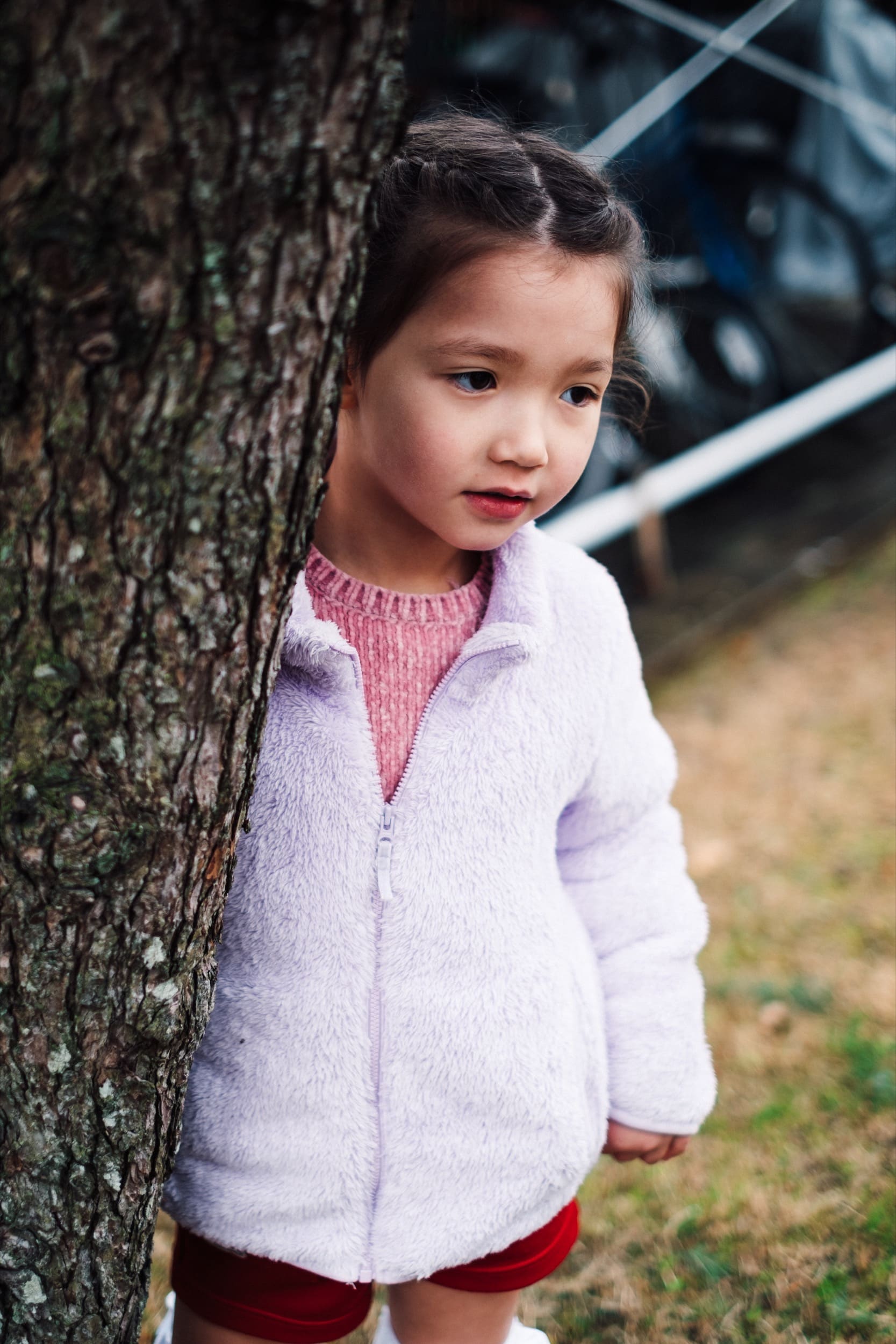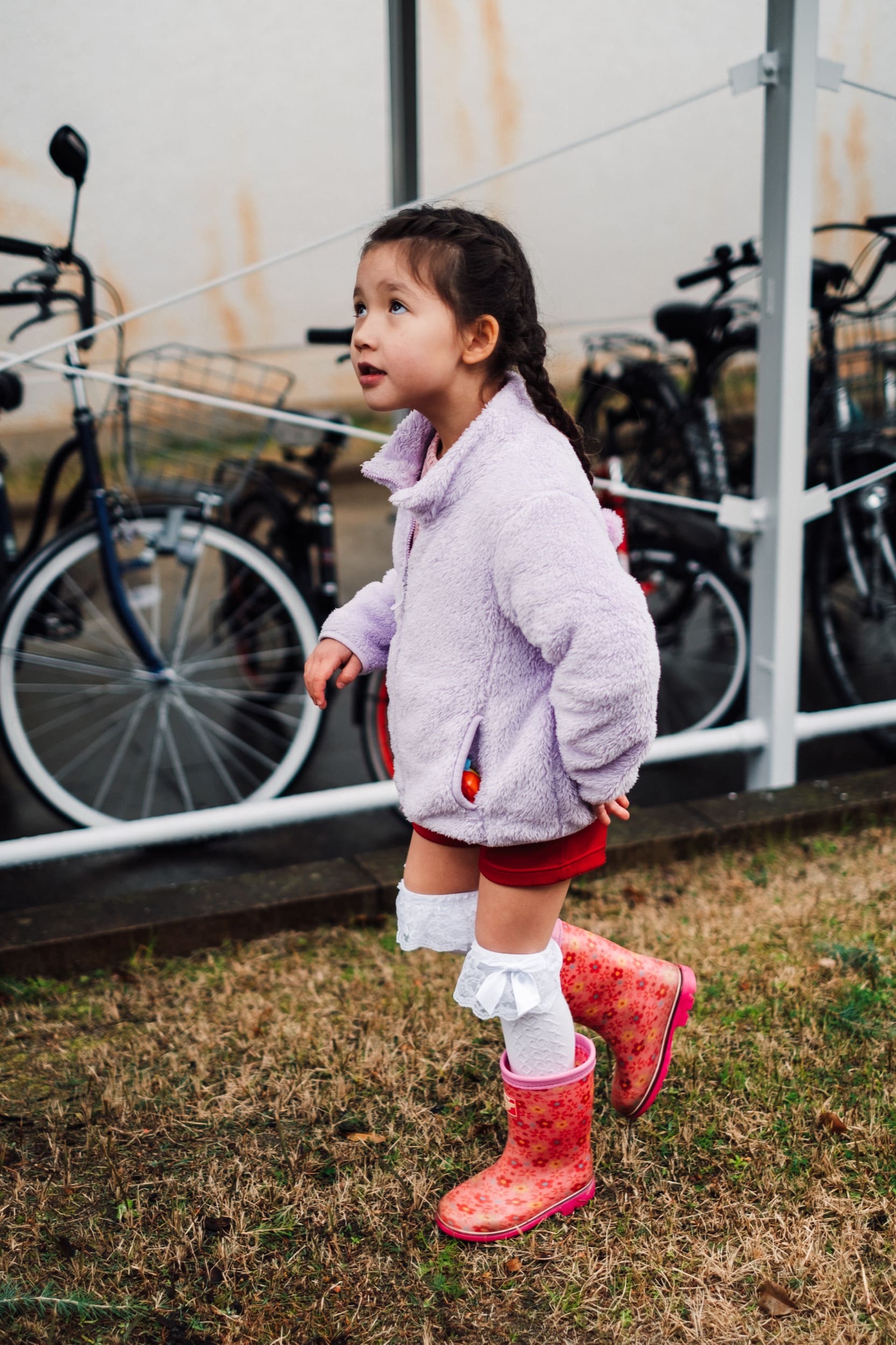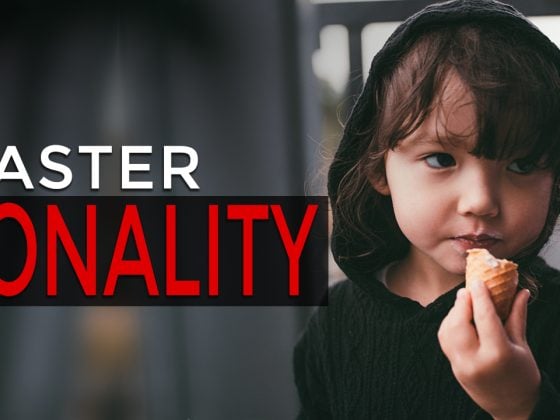Here is a quick look at some XF35mm f1.4 samples that I shot for the coming review.
I know a lot of people like it more when I post photos on my lens reviews that are more relatable to how they might actually be shooting. You know, normal people’s photography. A few years ago I always made things too artsy, kind of like what Jonas Rask does, which I love by the way. But when you’re dealing with minimalism and simplicity of composition, you never really get to see what a lens looks like.
So it’s interesting, doing these lens reviews has sort of changed my style up dramatically, in a good and fun way, and it has me shooting in ways I never would have shot before. Also, having kids helps that process too I guess.



Here are some samples with the Fujifilm 35mm f1.4 with the X-T3, a lens that is by no means perfect. I would even say that most big review channels would probably say it’s bad if it wasn’t for the Fujifilm community building such a case for the character of this lens. Even then, I still see people criticize these f1.4 lenses quite a bit.
Some of it I can agree with. Like, what would happen if Fujifilm switched over to ultra-high refractive elements (plastic) for their aspherical elements like everyone else is doing now? Would it get rid of the onion ring issue all their lenses have? Because the bokeh balls on those Z lenses are absolutely perfect. I wouldn’t mind seeing Fujifilm clean up their bokeh a bit as long as they didn’t lose their magic.
Like that Mitakon 35mm f0.95 has almost half of its elements made from plastic and the results are images that just feel dull. I dunno what it is. It performs well on charts, but the images just don’t really do it for me for how much you have to pay for that thing. I would rather have a really good f1.2 lens, like the Samyang 35mm f1.2, rather than a lens filled with plastic that’s advertised as 0.95 and produces the geometry of f0.95 but actually only measures at f1.2.
To me, low light performance is way more important than depth of field. Not the opposite.
Now that Fujifilm is a pretty big brand, I’m kind of expecting them to start releasing 12-19 element lenses in the future that no longer have the Fujifilm magic. I hope not, but I can kind of see the writing on the wall.
Hopefully, they can get around it with new tech, like the plastic elements and new and more advanced coatings like with the X100V and its new lens.
And by the way, when I say plastic elements or ultra-high refractive polymers, these are the materials your reading glasses are made from. The thinner they are the more they refract, and you can do some cool things with these materials by using them as aspherical elements. You can make things much lighter and cheaper with smoother surfaces.


There is pretty much no editing on any of these photos. It’s just my presets with some tonal adjustments. This will be going on sale probably this spring at https://alikgriffin.com/store I’m still working on the page and the store and everything.
The look I’m using here is based on Kodak Ektar. What do you think? Does it feel like Ektar?


Fujinon 35mm f1.4 Autofocus
Regarding the autofocus on these older lenses. It’s not as bad as a lot of people make it out to be, especially on the new cameras. Mainly it’s the contrast-detection that’s slow. In most bright situations the camera will use phase detection and the X-T3 has something like 2 million phase-detection points or something ridiculous.
The motor can drive the lens pretty quickly in most situations but where it fails is with little fine micro-adjustments. This is where thing slows down. So if you’re shooting in bright conditions out in the day like I’m doing here in the rain, the AF is great. Not as good as the XF35mm f2, but still really good. You’ll get a 90% keep rate, even with a 4-year-old that’s running all over the place.
The only time I feel like these slower lenses struggle is when shooting in low light. Like street photography at night. In those cases, I don’t bother using these lenses, and in the city of Fukuoka, the city lights are bright enough so that f2 lenses are totally usable at night.
But I mean, realistically I use manual f1.4 lenses all the time. So you could just shoot manually with no problem. I just wish the manual focus on these Fujifilm lenses wasn’t so jumpy.
| **This website contains affiliate links. We will earn a small commission on purchases made through these links. Some of the links used in these articles will direct you to Amazon. As an Amazon Associate, I earn from qualifying purchases. |







